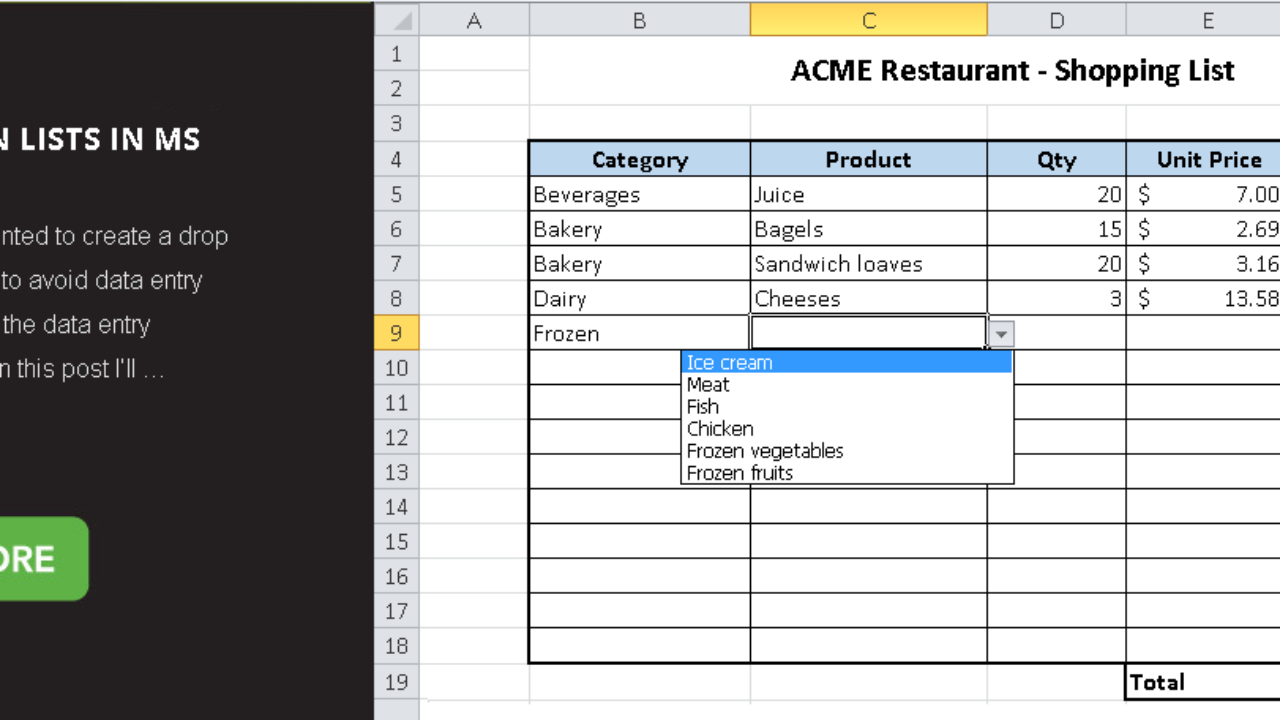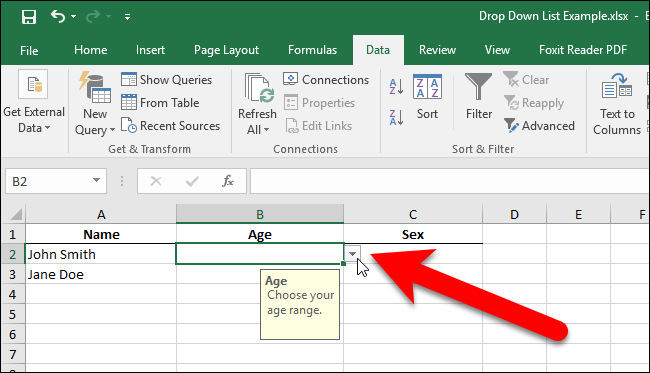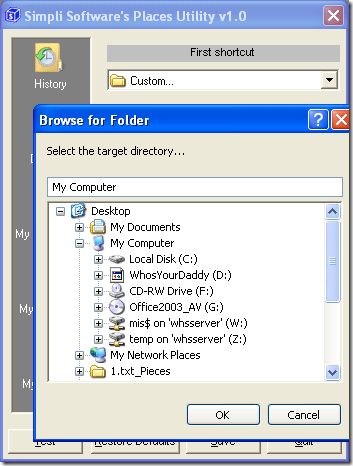
- #How to make a new file for each name on a list in excel full#
- #How to make a new file for each name on a list in excel code#
Run the following macro: Sub loopAllSubFolderSelectStartDirectory()
#How to make a new file for each name on a list in excel full#
This example will print the full file path (folder path and file name) to the immediate window. To ensure the codes work with any number of subfolders, the macro will actually call itself (a technique known as recursion). We will use the same Dir and FSO methods presented above. We now need to find a way to drill down into those subfolders. Whenever files are stored in subfolders life becomes a little trickier. Looping through all the files in subfolders Next 'Release the memory Set FSOLibrary = Nothing Set FSOFolder = Nothing Set FSOFile = Nothing End Sub

'Set all the references to the FSO Library Set FSOLibrary = New FileSystemObject Sub LoopFilesInFolder()ĭim folderName As String Dim FSOLibrary As FileSystemObjectĭim FSOFolder As Object Dim FSOFile As Object 'Set the file name to a variable
#How to make a new file for each name on a list in excel code#
Most of the code is the same as Method #2, but for the sake of the copy and pasters out there, I’ll show the full code. To use this method, remember to turn on the FSO Library as noted above. Next 'Release the memory Set FSOLibrary = Nothing Set FSOFolder = Nothing Set FSOFile = Nothing End Sub Using File System Object (FSO) Early Binding – Method #3 'Insert actions to be perfomed on each file 'This example will print the file name to the immediate window 'Use For Each loop to loop through each file in the folder For Each FSOFile In FSOFile Set FSOFolder = FSOLibrary.GetFolder(folderName) 'Set all the references to the FSO Library Set FSOLibrary = CreateObject("Scripting.FileSystemObject") For example: 'Loop through each file with an extension of ".xlsx"įileName = Dir("C:\Users\marks\Documents\*.xlsx") 'Loop through each file containing the word "January" in the filenameįileName = Dir("C:\Users\marks\Documents\*January*") 'Loop through each text file in a folderįileName = Dir("C:\Users\marks\Documents\*.txt") Using the File System Object (FSO) Late Binding – Method #2 Sub LoopAllFilesInFolder()ĭim folderName As String Dim FSOLibrary As Object Dim FSOFolder As Object Dim FSOFile As Object 'Set the file name to a variable The code above can easily be adapted with the use of wildcard characters. 'Insert the actions to be performed on each file 'This example will print the file name to the immediate window 'Loop through all files in a folder Dim fileName As VariantįileName = Dir("C:\Users\marks\Documents\") Using the Dir Function – Method #1 Sub LoopAllFilesInAFolder() Check out the other VBA Code Snippets to see what else could be achieved. But it is easy enough to change the code to make it more complex and fit with your specific circumstances. The example we are looking will print the file name to the immediate window. Looping through all the files in a folder Looping through all files in a folder and it’s subfoldersĮach of these scenarios will use the Dir, Late Binding FSO and Early Binding FSO options.The example macros below cover two scenarios We will ensure the library is opened when we need it within the VBA code. Late Binding does not require any specific actions to enable the FSO Library.


In the Visual Basic Editor, click Tools -> References…įrom the References – VBAProject window select the Microsoft Scripting Runtime option, then click OK.

Early BindingĮarly Binding will open the FSO library as soon as the workbook opens. It may result in slower code, but it should run with less errors. If you’re not sure which to use, then I recommend using Late Binding. There are two ways to turn on the FSO library, known as Early or Late Binding. The File System Object (FSO) is a separate library of actions which we can enable to use within our VBA code. The Dir function is easy to use and does not require any special actions to enable it within the Visual Basic Editor. The Dir function is a built-in VBA function, meaning it works with Excel, PowerPoint and Word In fact, it will work anywhere where VBA is available. Let’s briefly look at each of these before we start looking at the code to loop through files. VBA provides us with a few ways to achieve it (1) Dir function (2) File System Object. Listing filenames in a worksheet, printing all the files to PDF, or making changes to every file in a folder, there are many reasons why we may want to loop through each file in a folder.


 0 kommentar(er)
0 kommentar(er)
